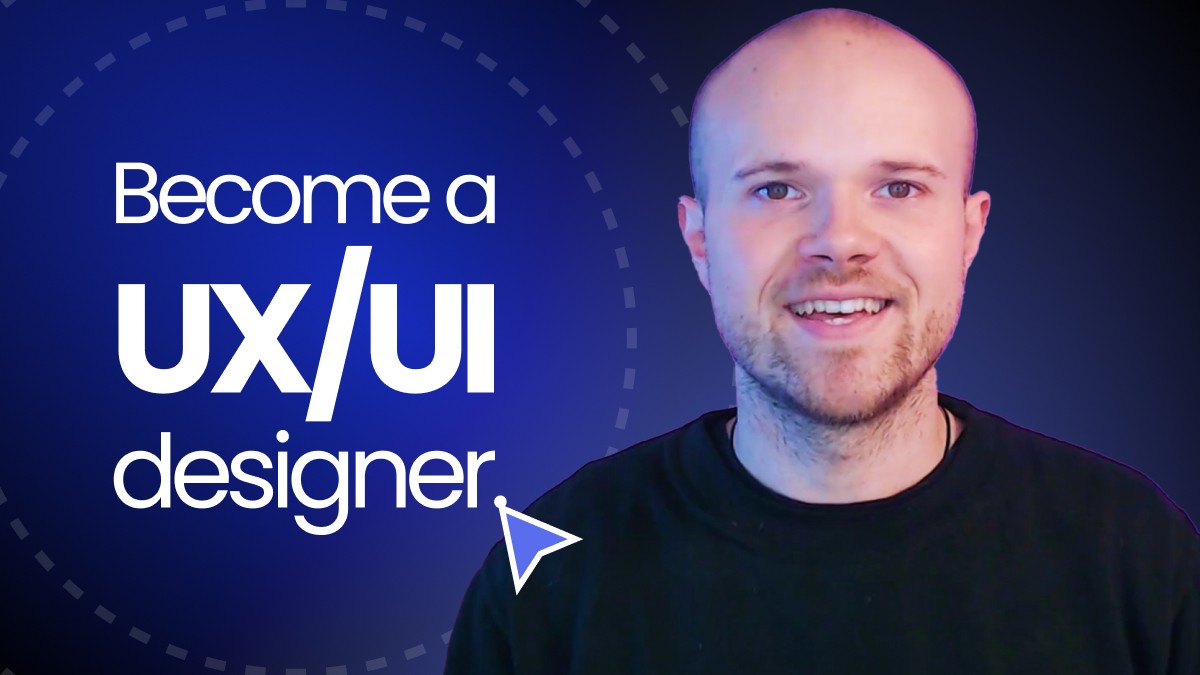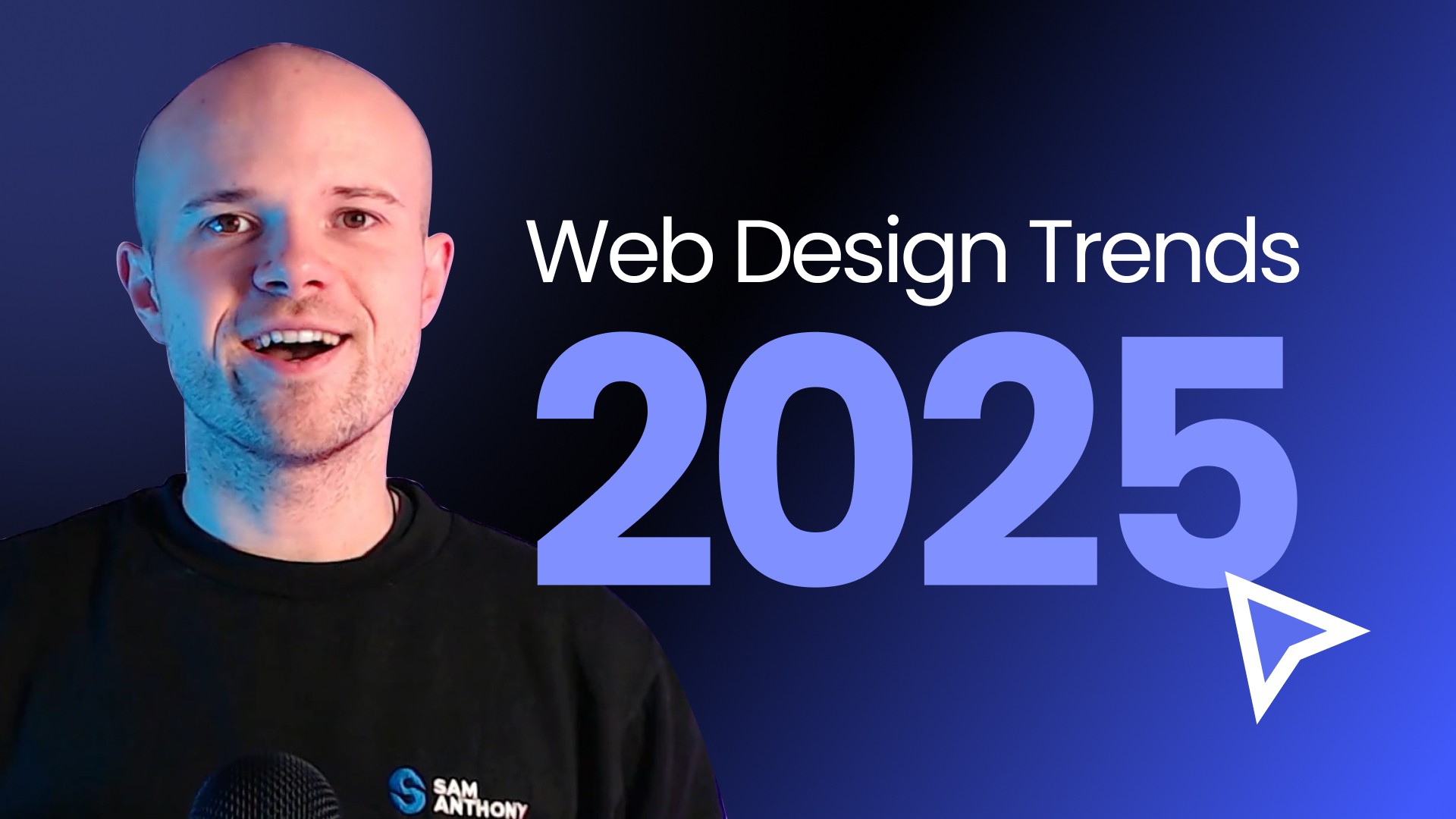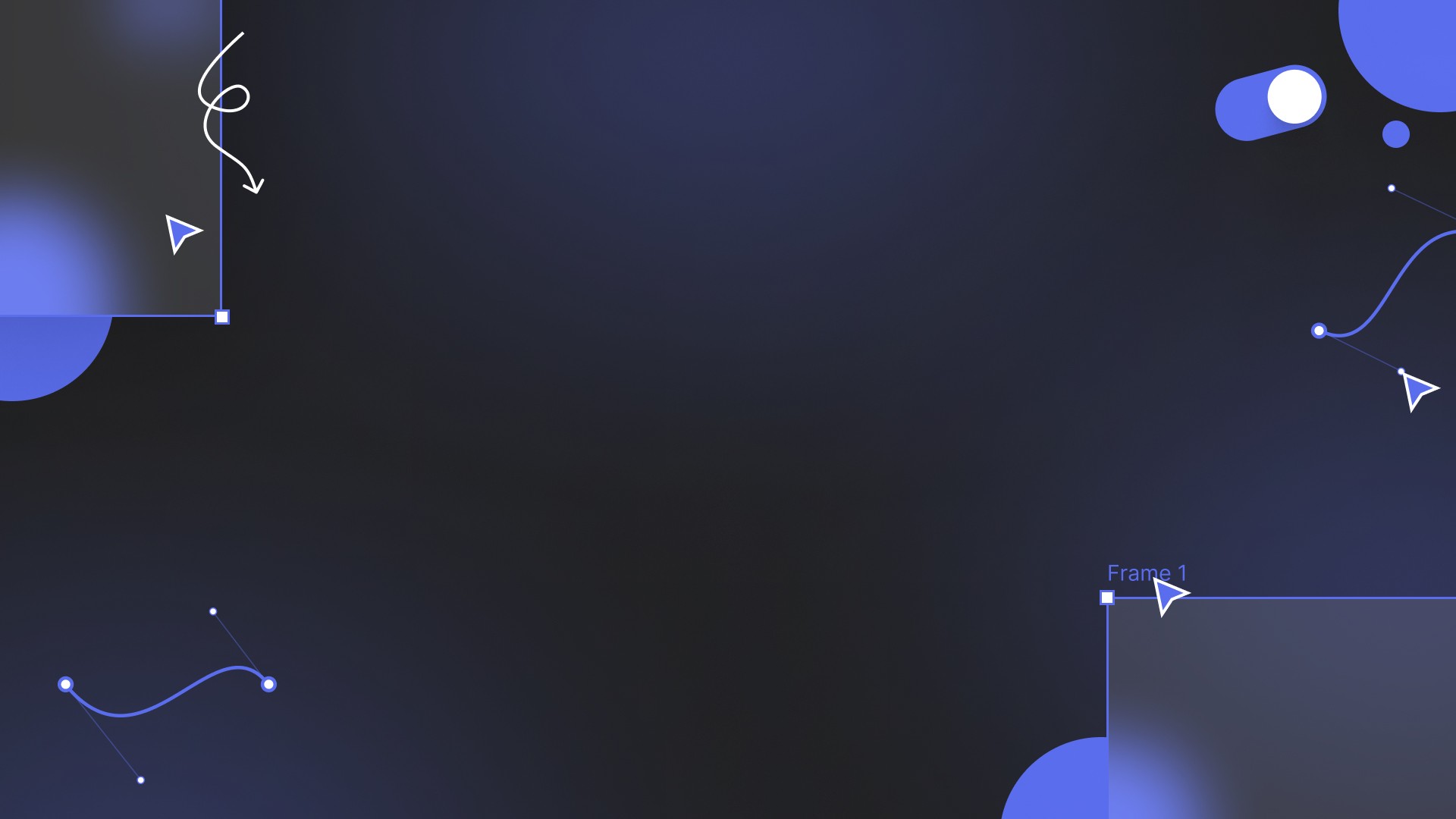AI-Generated Content: The Invisible Revolution in Web Design
February 18, 2024

In the rapidly evolving landscape of web design, a new player has entered the field, quietly revolutionizing the way content is created and consumed: artificial intelligence (AI). AI-generated content, with its ability to mimic human writing, design patterns, and creative processes, has become increasingly difficult to distinguish from content created by humans. This transformative shift has profound implications for freelancers and designers, challenging their traditional roles and offering new opportunities for those prepared to adapt.
The Indistinguishable Line Between Human and Machine
AI has reached a level of sophistication where distinguishing between content created by humans and that generated by AI is becoming increasingly challenging. From blog posts and articles to graphic designs and user interfaces, AI-generated content often matches or even surpasses the quality of human-generated work. This blurring of lines raises important questions about authenticity, creativity, and the value of human touch in the digital realm.
The Implications for Freelancers and Designers
For freelancers and designers, the rise of AI-generated content represents both a threat and an opportunity. On one hand, AI can automate tasks that were traditionally the domain of creative professionals, potentially undercutting their market. On the other hand, it also offers tools that can enhance productivity, creativity, and the ability to compete in a crowded market.
Competitive Pressure: As AI becomes more capable, clients might opt for AI-generated content due to its lower cost and faster turnaround time, putting pressure on freelancers and designers to justify their rates and the unique value they bring.
Enhanced Capabilities: AI tools can aid designers in brainstorming, creating initial drafts, or refining designs, allowing them to focus on the creative and strategic aspects of their work.
New Skills Requirement: To stay relevant, freelancers and designers will need to familiarize themselves with AI technologies, understanding how to leverage these tools to enhance their work and offer new services.
Preparing for the AI Revolution
To thrive in this new landscape, freelancers and designers must adapt. Here are some strategies to consider:
Embrace AI Tools: Learn how AI can streamline your workflow, from generating content ideas to automating routine design tasks. Incorporating AI into your services can increase your efficiency and competitiveness.
Focus on Creativity and Strategy: While AI can generate content, it lacks the ability to think strategically or creatively about brand identity, user experience, and storytelling. These areas remain a key differentiator for human designers.
Develop New Skills: Stay ahead by continuously learning about emerging technologies and how they can be applied in web design. Skills in AI management, customization, and integration will become increasingly valuable.
Offer AI Integration Services: As businesses seek to incorporate AI into their operations, there's an opportunity for freelancers and designers to offer consultancy and integration services, helping clients leverage AI in their content and design strategies.
The Invisible Author of This Article
In a twist that underscores the very point of this discussion, it's revealed that this article itself was generated by an AI. This revelation serves as a direct demonstration of the capabilities of AI-generated content and its potential to seamlessly blend into the fabric of digital communication.
Conclusion
The rise of AI-generated content is not a harbinger of obsolescence for freelancers and designers but a call to evolution. By embracing AI as a tool, focusing on uniquely human skills, and adapting to the changing landscape, creative professionals can navigate the challenges and seize the opportunities presented by this new era. The future of web design is a collaboration between human creativity and artificial intelligence, each enhancing the other to create a richer, more efficient, and more innovative digital world.









